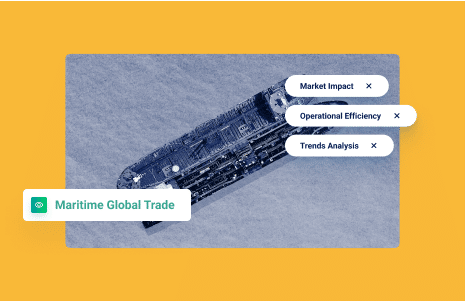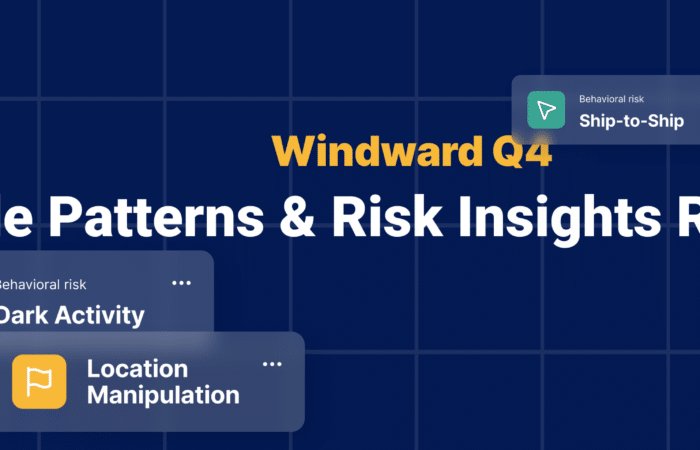What’s inside?
Since the Russian invasion of Ukraine began two weeks ago, shipping stakeholders have been taking actions and making statements on a daily basis about how they are going to force Russia into an economic and financial corner.
From Maersk and CMA announcing they will halt all operations to and from Russia, to the UK and U.S. decisions to close all ports to Russian vessels, we have been closely monitoring the maritime situation to help illuminate this dynamic new reality.
When talk turns into action
There are still no official regulations in place and those who choose to work with/in Russia are not doing anything illegal…but the market has its own force and it is coming into full effect in the past few days. The market expectation of a ban on energy exports out of Russia is already making its impact on both oil prices (which reached a recent peak at $138 USD/barrel), but also on the shipping operations taking that cargo out of Russia.
According to Windward behavioral data, it appears that the commercial operations in the Russian ports are starting to quickly decline. To get a better understanding, we looked at port operations of commercial cargo and tanker vessels during the first six days of March 2022, and compared them to the same time frame last year (to account for seasonality). We identified a significant decrease.

During the first six days of March 2022, the average number of Russian port calls was 120 per day (and declining). During the same period in 2021, the average number of port calls per day made by commercial vessels was 40% more than it is today!
What it looks like in practice
What does this decline in port calls and commercial operations look like in practice? Let’s take the oil chemical tanker MAERSK ADRIATIC as an example. This vessel is owned by Maersk Tankers, one of the largest shipping companies that announced just a few days ago it will stop all operations to and from Russia.
The MAERSK ADRIATIC arrived at Kavkaz (a region between the Black and Caspian seas) on February 19 and reported its next destination as Russia. One day after the invasion, on February 25, it departed the Russian EEZ, entered the Turkish EEZ and updated its destination to “For Orders.” This change followed zero port calls or any ship-to-ship operations in Russian waters. Since then, the vessel updated its destination to Batumi Georgia, where it’s been drifting since.
This is a great example of how commercial vessels are avoiding any engagements with Russia and its ports.
Foreign affairs
There are currently 248 tankers that are reporting they are headed to Russia – 149 are sailing under the Russian flag and 13 are owned or operated by Russian affiliated companies.
If we remove those from the equation, we are left with only 86 tankers that are currently reporting they are heading to Russia and are not affiliated with Russian companies. We expect at least some of these ships to follow suit and divert away from Russia.
To compare, just a month ago, there were 261 tankers reporting they were heading to Russian ports. At first glance, that number looks similar to the current one. But when you dive deeper, we can identify some interesting trends.
Out of these 261, only 98 tankers were operating under the Russian flag and 38 were owned or operated by companies registered in Russia. This is a 13% decrease in the number of foreign tankers operating in Russian waters, enabling Russian-flagged and owned vessels to fill the void.
Conclusion
As the conflict and restrictions continue to escalate, we are definitely expecting a significant decrease in foreign commercial operations in Russian ports. Companies looking to protect themselves from financial and regulatory risk exposure will have to look not only at the vessel flag, but also at its ownership structure and recent owner changes.
Windward can help you sort through the fog of war and better understand this quickly evolving situation with hard data and predictive artificial intelligence. The platform is now available with two weeks of FREE access, to ensure everyone who wants to stay ahead of restrictions can do so.















